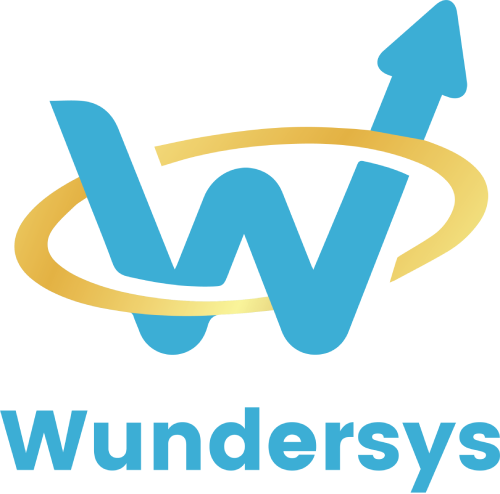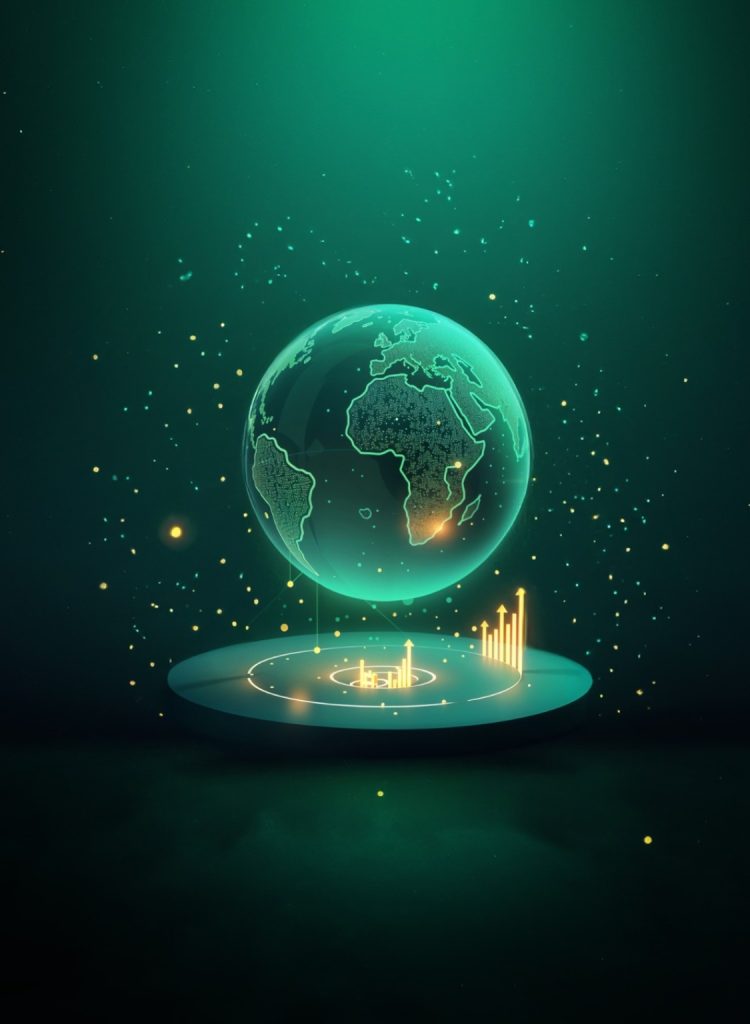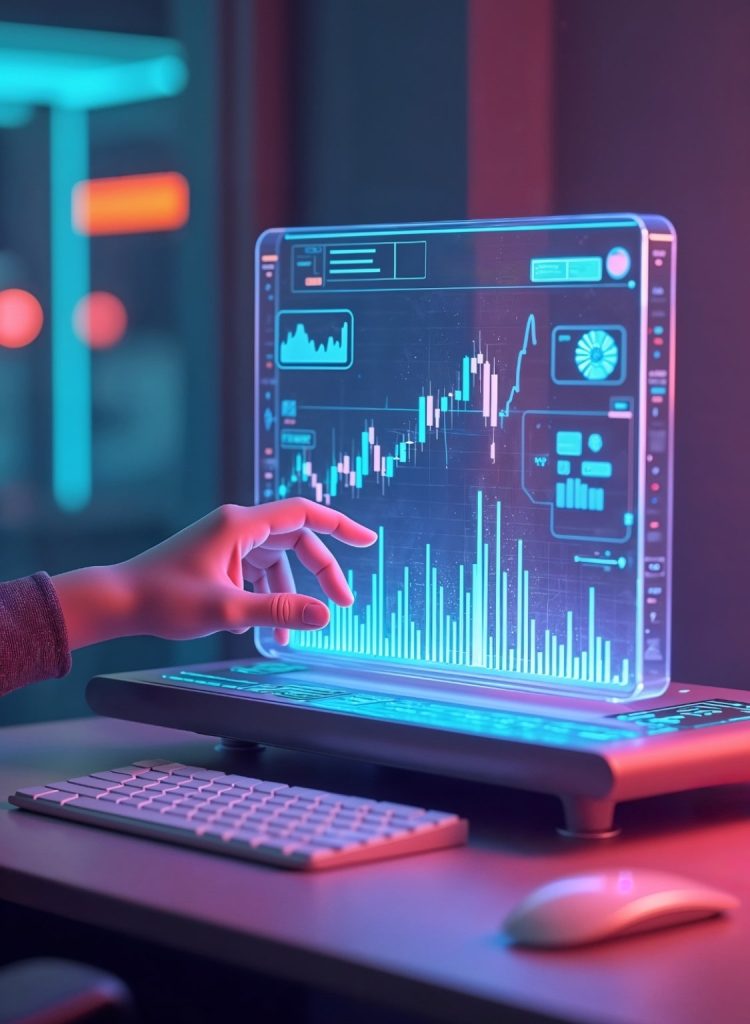Introduction: A New Balance in Trading
The landscape of global trading has always been shaped by the tools available. From handwritten ledgers to electronic trading platforms, each advancement has altered how decisions are made and executed. Today, we stand at a pivotal moment: the convergence of human judgment and machine intelligence.
It’s not a question of human versus machine. The real frontier is human + machine where intuition, context, and creativity meet data, precision, and speed. This partnership is redefining how traders analyze markets, manage risks, and capture opportunities.
1. The Human Edge: Context and Intuition
Despite rapid advances in technology, humans bring qualities that no machine can fully replicate.
- Nuance and Context: Traders interpret events beyond numbers, a central bank speech, a shift in political sentiment, or cultural factors that machines cannot fully quantify.
- Emotional Intelligence: Humans understand behavioral biases and can adapt strategies when crowd psychology drives irrational trends.
- Creativity and Strategy: Long-term positioning and thematic plays often emerge from big-picture thinking rather than raw data.
Limitations: Humans are prone to fatigue, overconfidence, and emotional decision-making, making consistency a challenge.
2. The Machine Edge: Speed and Precision
Machines bring discipline and computational power that no human can match.
- Scale: Algorithms scan millions of price points, news articles, and economic indicators in real time.
- Speed: High-frequency trading executes orders in microseconds, removing human latency.
- Discipline: Machines follow programmed rules without fear or greed, eliminating emotional bias.
Limitations: Machines lack context, they cannot fully account for black swan events, moral considerations, or interpret complex human behaviors without guidance.
3. Why the Future is Hybrid
The next decade will not belong solely to algorithms or human traders but to the synergy between them.
- Humans set direction, machines execute. A trader defines the strategy; algorithms ensure flawless timing and execution.
- Machines highlight anomalies, humans interpret meaning. AI may flag an unusual trading pattern, but humans judge whether it stems from market structure, policy shifts, or sentiment swings.
- Shared accountability. Combining machine efficiency with human oversight ensures both performance and resilience.
The hybrid model blends intuition + intelligence, strategy + scale, creativity + computation.
4. Examples of Human-Machine Collaboration
- Institutional Desks: Algorithms execute orders at scale while risk managers apply judgment on position sizing and exposure.
- AI-Assisted Analytics: Natural language processing tools analyze central bank statements; traders interpret tone and policy implications.
- Retail Traders: Expert Advisors (EAs) automate entry and exit, while individuals adjust based on personal strategy or macroeconomic views.
These examples show that machines amplify execution, while humans ensure context and adaptability.
5. Risks and Responsibilities
While the human-machine partnership offers immense potential, it also introduces new responsibilities.
- Systemic Risk: Over-reliance on algorithms can cause chain reactions — as seen in flash crashes.
- Transparency: Black-box AI models pose accountability challenges when trades go wrong.
- Regulation: Authorities will demand clearer governance around automated strategies and machine learning models.
The future of trading will depend on trust, accountability, and explainable AI.
6. The Next Decade of Human-Machine Trading
Emerging trends point toward an even closer partnership between humans and machines:
- AI Copilots: Personalized assistants that provide real-time recommendations tailored to each trader’s profile.
- Voice-Activated Trading: Hands-free execution powered by natural language commands.
- Explainable AI: Algorithms designed to be transparent, allowing traders to understand the “why” behind machine recommendations.
- Collaborative Platforms: Tools that combine human strategy forums with machine-driven execution engines.
The frontier isn’t automation alone – it’s collaboration.
Conclusion: The Future is Collaborative
The next chapter in trading is not about replacing humans with machines. It’s about combining the best of human intuition with the precision of machine intelligence.
Those who embrace this hybrid approach will navigate complexity with greater confidence, turning volatility into opportunity. As technology continues to advance, the question isn’t whether machines or humans will lead but how effectively they will lead together.
The future of trading is not man or machine. It is human + machine.



